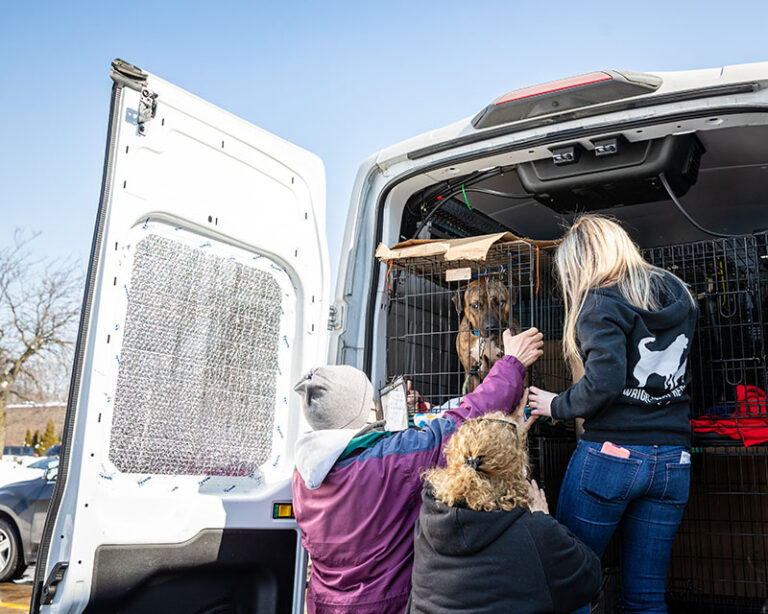During the pandemic, we learned about the power of foster to fundamentally transform our organizations. Remember when shelter after shelter showed photos of rows of empty kennels, because most or all pets were in foster homes?
Summer 2021 is shaping up to be somewhat of a “return to normal,” for sheltering—meaning, those kennels are full again and then some. Luckily, we can take the lessons we learned about fostering over this past year to, once again, rely on foster care as the primary way to house pets.
We learned we needed to make it easy to foster a pet.
We got rid of barriers, did away with mandatory, in-person training, ditched the home checks, and sent pets to foster as quickly as they came in. We made it super simple to foster, ensuring it was easy for everyone to foster a pet, without having to go through a lot of red tape.
We may be emerging from the pandemic but that doesn’t mean we should revert back to our outdated, former processes—that goes double, and triple, when shelters are facing severe shortages of space.
Review your procedures monthly or quarterly to make sure you’re not putting old obstacles and requirements back in place, or replacing them with new ones that make it harder for regular people to foster pets.
We made foster care a priority of the entire organization.
When the pandemic hit, we worked together and sprung into action to place as many pets as possible into foster homes. Staff and volunteers from every part of the organization made the foster magic happen.
The communications department talked about it, the placement team sent the pets home, the admissions team encouraged finders to foster, and the leadership team created time and space for everyone to be part of the foster equation.
Over the past few years we’ve taught hundreds of organizations the key strategies for running a successful, high-volume foster program. At the top of the list is making foster care a priority function of your shelter or rescue group—that means no one is excluded from helping.
We built systems to market pets in foster and get them adopted.
Here’s what changed everything for our foster programs: Creating efficient processes for collecting information, photos, and videos from fosters, and then supporting them in marketing pets and processing adoptions.
In foster homes, pets are able to show their true personalities, a critical factor when marketing a pet for adoption and meeting potential adopters. There’s not much that makes foster caregivers feel more seen than when their shelter or rescue markets the pets in their care—and the quicker adoption matches are made, the more foster homes open up for new pets!
We automated our foster processes and provided more remote support.
We moved our foster training online, where it’s constantly accessible and requires minimal oversight. We automated emails to foster caregivers, and created quick, online forms for collecting information and marketing materials on the pets in their care.
We created a foster resource page on our website that includes contact information for our foster staff, links to all types of foster resources, the scheduling platform for our veterinary clinic, and more.
In addition to saving an enormous amount of staff time, fosters suddenly had multiple opportunities to get the help they needed, when they needed it the most.
We got serious about foster recruitment.
Engaging more foster caregivers than ever before required our foster and communication teams to work together, sharing the responsibility for finding new foster caregivers.
Together, they created a year-round plan that included multiple, diverse strategies for extending the invitation to foster to everyone in our community and put us firmly on the path to having all the foster caregivers we need.






